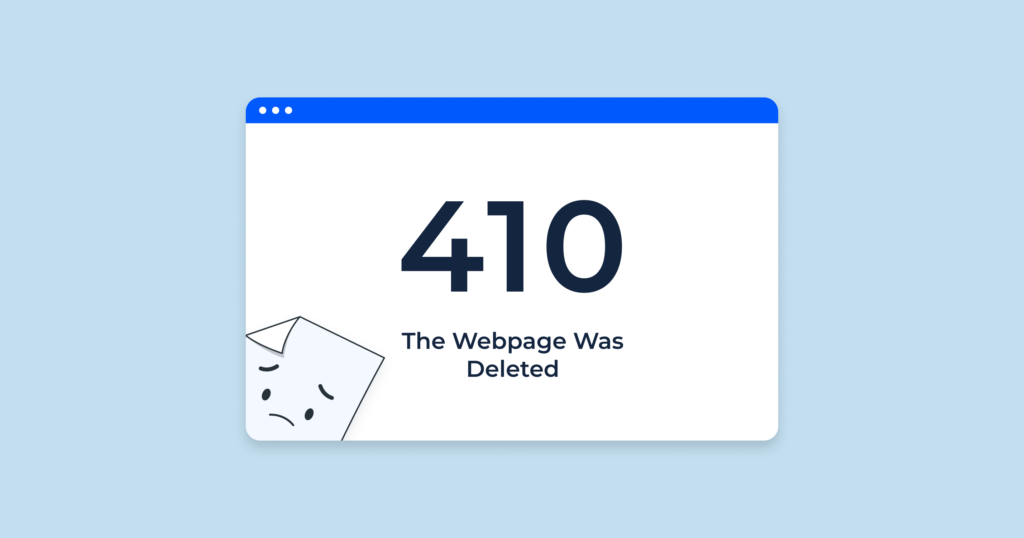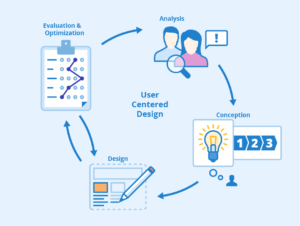Decoding the 410 Gone Error: Causes and Solutions – Your Comprehensive Guide

Decoding the 410 Gone Error Causes and Solutions - Your Comprehensive Guide
Introduction
As we navigate the intricate web of the internet, encountering error codes is a part and parcel of the online experience. Among these, the “410 Gone” error stands out as a clear indicator that a particular resource has vanished from the digital landscape. In this comprehensive guide, we will delve into the intricacies of the 410 error, explore its underlying causes, and provide you with a step-by-step guide to effectively troubleshoot and understand how to address it.
Understanding the 410 Gone Error
The “410 Gone” error is an HTTP status code that conveys the straightforward message that the requested resource is no longer available on the server and has been intentionally removed. Unlike the “404 Not Found” error, which implies the resource might return, the “410 Gone” error asserts that the resource is gone for good.
Common Reasons for the 410 Error
- Resource Deletion:The primary cause of a 410 error is the intentional removal of the requested resource by the website owner or administrator.
- Content Restructuring:Sometimes, a website undergoes significant changes, including restructuring or content overhaul, resulting in the removal of specific resources.
- Outdated Content:In cases where content becomes outdated, irrelevant, or inaccurate, it might be removed from the server to avoid misleading users.
Resolving the 410 Gone Error: Step-by-Step Guide
- Double-Check URL:Before jumping to conclusions, ensure that you’ve entered the correct URL. Typos can lead to errors that mimic the “410 Gone” response.
- Search for Replacement:If you’re seeking specific content that has been removed, try searching the website or the internet for similar or updated information.
- Explore Website Navigation:Navigate through the website to see if the content has been moved to a different location or integrated into another page.
- Use Search Engines:Search engines might have cached versions of the removed content. Search for the content using relevant keywords to see if you can access cached versions.
- Contact Website Owner:If you’re looking for critical information or content, consider reaching out to the website owner or administrator for assistance or clarification.
- Update Bookmarks or Links:If you encountered the error through a bookmark or link, update it to reflect the most current content or its new location.
- Redirect or Notify Users:If you’re a website owner, consider implementing 301 redirects to guide users to new or relevant content. Alternatively, provide a clear message explaining the resource’s removal.
- Archived Versions:Check web archives or the “Wayback Machine” to see if archived versions of the removed content are available for access.
- Monitor Social Media:Sometimes, content removals are announced on social media platforms. Check the website’s social media accounts for any updates or announcements.
Conclusion
While the 410 Gone error might seem like a roadblock in your online journey, with a deeper understanding of its causes and potential solutions, you’re better prepared to navigate it successfully. Whether it’s due to intentional removal, content restructuring, or outdated information, this guide empowers you to explore alternative routes and make the most out of your online experience. Remember, adaptability and a proactive approach are key to addressing the 410 error and finding valuable digital resources even in the face of their disappearance.
For More Related Articles Browse Our Website Blogster.pk
For social Connection You can also Visit and follow our Social media Platforms
Facebook , Instagram, Linkedin, Pinterest, Quora, Twitter, Youtube.





